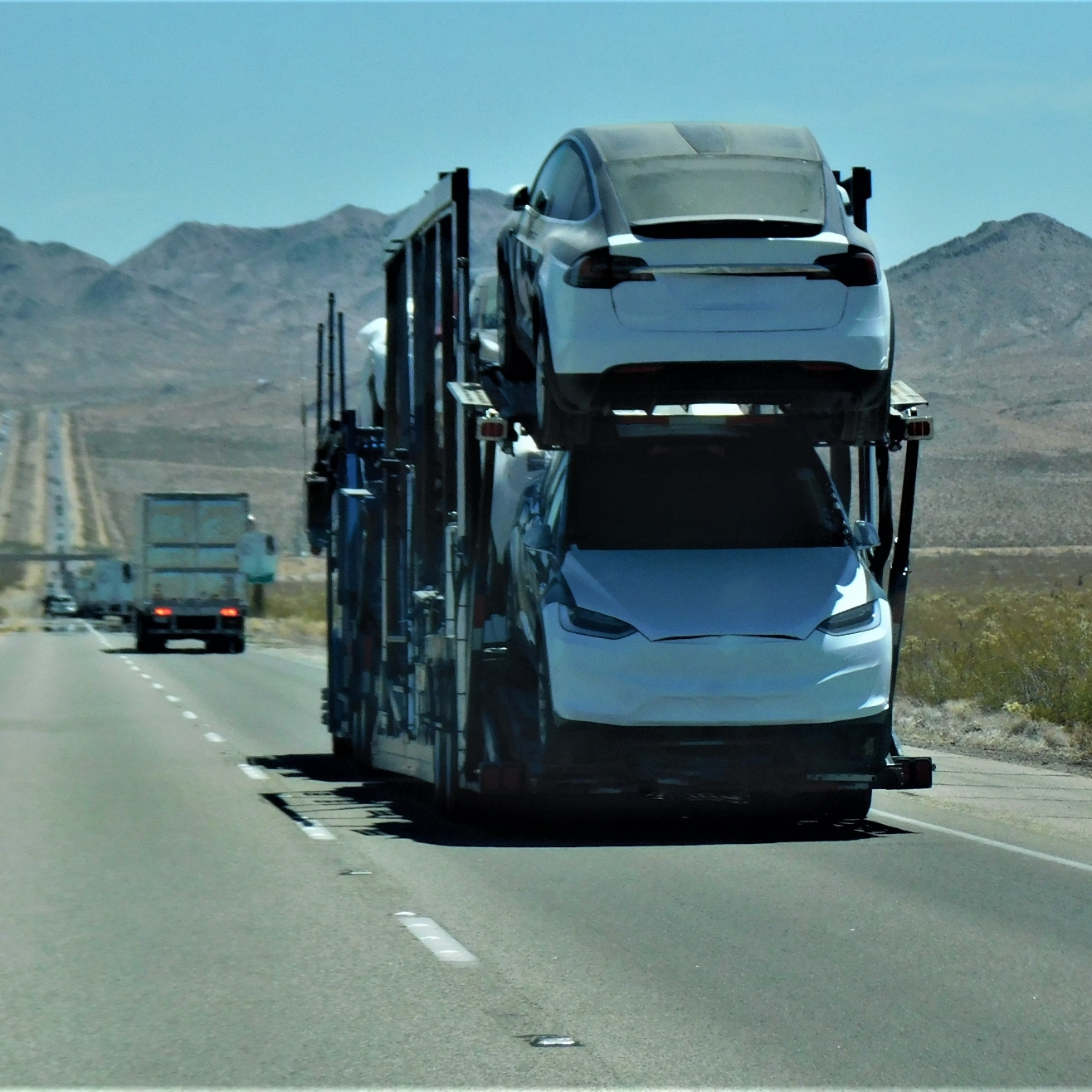Car transport services are not the only way to move your vehicle. You can use four different methods to transport your car(s), but there will be a cost or value trade-off. Here are those car transportation alternatives, their benefits, and likely costs.
1. Ditch Car Transporters & Drive the Car Yourself
When moving your car, being behind the wheel yourself often makes the most sense. You're in charge of everything, from when you leave to which roads you take. Plus, you can turn it into an adventure if you want to.
- Get your ride checked out completely – fluids, brakes, tires, and battery
- Map your route with rest stops every 2-3 hours of driving
- Pack emergency road gear: jumper cables, flashlight, basic tools, and spare tire
The most significant advantage here is flexibility – you can change plans on the fly. Want to take a detour to see the world's largest ball of yarn? Go for it. Need to stick around somewhere an extra day? No problem. Just remember to check your insurance coverage for long-distance trips.
2. Professional Driver Services
Want someone else to do the driving? That's where car driveaway services come in. Working with a driveaway company means they handle all the logistics management details while hiring independent drivers, which might save you some cash. Hiring driveaway companies for such auto transport services means they’ll offer a better experience, including:
- Drivers must pass background checks and have clean driving records
- Regular updates about your car's location during transport
- Written contracts covering insurance, timeline, and fuel responsibility
Driveaway car shipping companies usually offer different options based on your needs. Some use team drivers to get your car there faster, while others focus on care over speed. The car transport service industry has come a long way, and reliable driveaway auto car transport providers make the process pretty smooth these days.
3. Tow the Vehicle Yourself
This could be your best bet if you've got a solid tow vehicle. But remember, towing isn't just hooking up and hitting the road. You need to understand towing capacity, weight distribution, and how to handle different road conditions.
- Your car's weight should not exceed 80% of the towing capacity of your tow vehicle
- Always do a full inspection of connections before starting each day
- Required gear: safety chains, trailer lights, proper hitching system
Weather plays a huge role when you're towing. Wind becomes your enemy, and rain means leaving extra stopping distance. But with the right setup and knowledge, it's totally doable.
4. Ship by Rail
Amtrak's Auto Train is unique – it's the only train service in America where you can load up your car and ride along. The service runs between Washington, DC, and Orlando, Florida. Some key considerations for this service are:
- Vehicle size limits: 16 feet long, 85 inches tall, 84 inches wide
- Cars must have at least 4 inches of ground clearance
- Service includes both your vehicle and passenger transport
Your car stays protected from road debris and weather the whole way. Though you're limited to one specific route, it's a unique way to travel if you're heading between the Northeast and Florida.
Just book early—spots fill up fast during peak seasons. The average cost to ship a car via Auto Train, including a passenger ticket, ranges from $564 to $1,390.
How Does Vehicle Shipping Cost Compare to Its Alternatives?
When transporting cars, distance plays a huge role in costs. Car transporters typically charge by the mile, but here's the thing – the per-mile rate actually goes down as the distance increases. Here are some sample costs of car shipping compared to its alternatives.

For shorter trips around 500 miles, car transportation costs might seem high. But check this out—once you factor in food, hotels, and vehicle wear, the gap shrinks. A car transporter handles everything door-to-door, with no extra costs.
The real game-changer comes with longer distances. Transportation car services become more competitive around 1,000 miles. Professional drivers? They're usually the priciest option across all distances.
What You're Really Paying For
Think about this – driving yourself always looks cheaper on paper. But there's more to the story when transporting cars across the country by yourself, including:
- Lost wages from taking time off work
- Vehicle depreciation (about 27 cents per mile!)
- Potential overnight stays and meals
- Stress and fatigue from long drives
Here's when using car transporters makes total sense:
- You're moving multiple vehicles
- Your car's a luxury or classic ride
- Time's not on your side
- You hate long drives
- Weather's looking rough
The bottom line? Longer distances usually favor professional transport services. Sure, driving yourself saves cash on shorter trips. But once you look at cross-country moves, that cost gap starts closing quickly.
So, What's the Cheapest Way to Ship a Car?
Terminal-to-terminal shipping using an open carrier is typically the most budget-friendly option for car transport service. Compared to door-to-door delivery, you'll save about 10-20%.
- Winter months often have lower rates due to less demand
- Flexible pick-up/delivery dates can save you 5-15%
- Book 2-3 weeks in advance for better rates
- Multi-car discounts usually range from 10-20% per vehicle
Auto transporters tend to offer better rates on popular routes between major cities. For example, shipping from LA to NYC costs $1,200 on an open carrier terminal-to-terminal, while door-to-door costs $1,400+.
Pro tip: If you're really looking to cut costs, some car shipping companies offer first-time customer discounts or price matching. Just make sure you're comparing similar services when getting quotes.
